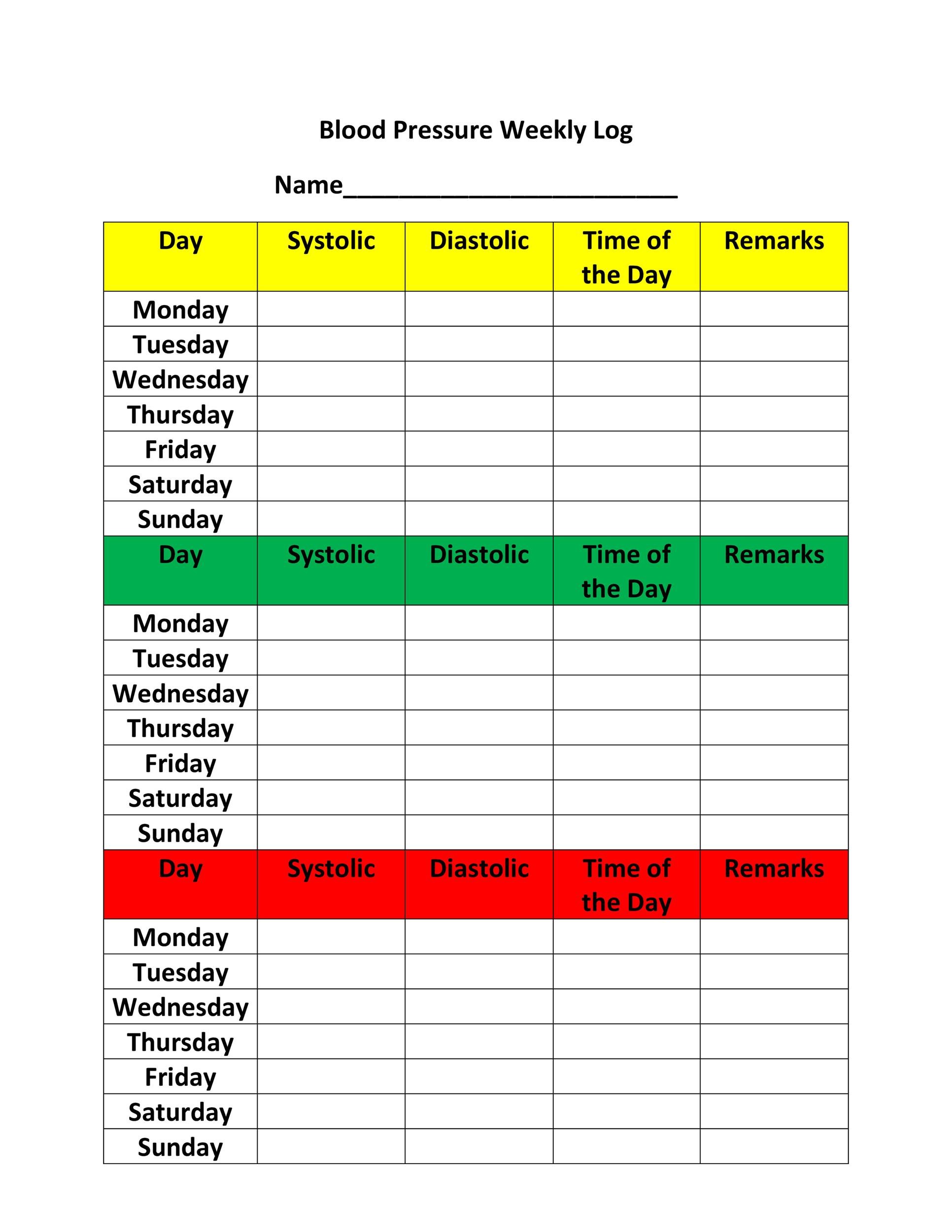
NEWS2 should be used when managing patients with COVID 19. This guidance emphasises the place of NEWS2 in managing patients with COVID-19. Advice is given in five categories – new confusion, escalation/response guidance, oxygen scales, receiving acute patients into hospital, and what to do when the NEWS2 scores are incomplete.Īn example of a structured document of clinical response to deterioration can be found here. The RCP has also produced supplementary guidance to support implementation of NEWS2. Supplementary guidance to support implementation of NEWS 2 NEWS2 Chart 4_Clinical response to NEWS trigger thresholds 153.12 KB.NEWS2 Chart 3_NEWS observation chart 616.11 KB.NEWS2 Chart 2_NEWS thresholds and triggers 97.96 KB.NEWS2 Chart 1_The NEWS scoring system 172.7 KB.

To support the safe adoption of NEWS2, NHS Improvement has produced a resource pack. NEWS2 has received formal endorsement from NHS England and NHS Improvement to become the early warning system for identifying acutely ill patie nts – including those with sepsis – in hospitals in England. The early use of sepsis scores to predict respiratory failure and mortality in non-ICU patients with COVID-19 - ScienceDirect. The performance of the National Early Warning Score and National Early Warning Score 2 in hospitalised patients infected by the severe acute respiratory syndrome coronavirus 2 (SARS-CoV-2) - PubMed (nih.gov) NEWS2 has continued to be evaluated in acute care setting as demonstrated in these papers: This is a pragmatic approach, with a key emphasis on system-wide standardisation and the use of physiological parameters that are already routinely measured in NHS hospitals and in prehospital care, recorded on a standardised clinical chart – the NEWS2 chart. The score is then aggregated and uplifted by 2 points for people requiring supplemental oxygen to maintain their recommended oxygen saturation. This would score 3 or 4 on the GCS (rather than the normal 5 for verbal response), and scores 3 on the NEWS system.Ī score is allocated to each parameter as they are measured, with the magnitude of the score reflecting how extremely the parameter varies from the norm. The patient may respond to questions coherently, but there is some confusion, disorientation and/or agitation.

*The patient has new-onset confusion, disorientation and/or agitation, where previously their mental state was normal – this may be subtle.


 0 kommentar(er)
0 kommentar(er)
